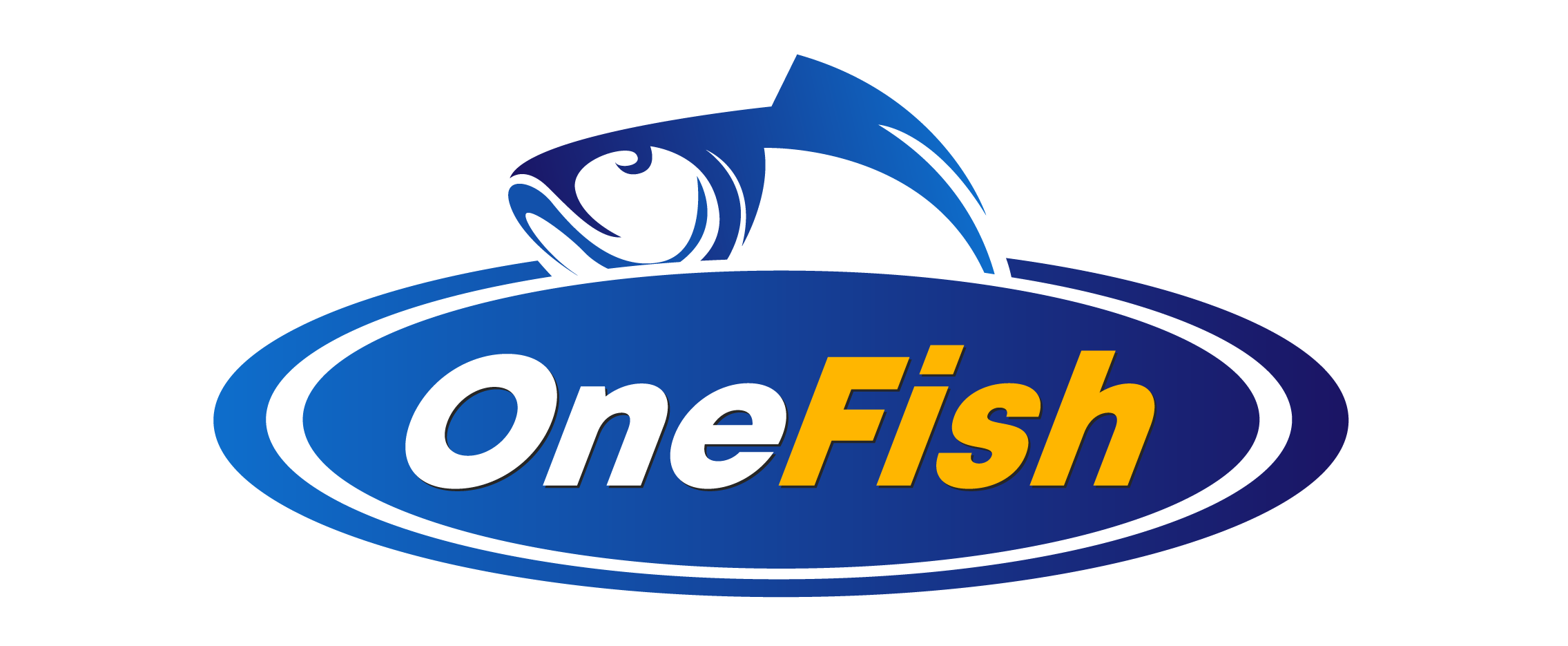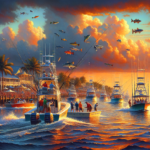Panfish Tournament in Minnesota
Introduction
Did you know that Minnesota is home to over 10,000 lakes, making it a paradise for anglers? Among these lakes, panfish tournaments have become a popular event, drawing both amateur and professional anglers from across the country. This article will delve into the exciting world of panfish tournaments in Minnesota, covering everything from fishing techniques and species information to the best locations and seasonal considerations.
Whether you’re a seasoned angler looking to compete or a novice eager to learn, understanding the intricacies of panfish tournaments can significantly enhance your fishing experience. This guide will provide you with all the information you need to prepare for and excel in these events.
Background/Context
Historical or Cultural Significance
Panfish, including species like bluegill, crappie, and perch, have long been a staple in Minnesota’s fishing culture. Historically, these fish were a primary food source for Native American tribes and early settlers. Over time, panfish have become a favorite among recreational anglers due to their abundance and the relative ease of catching them.
Geographical Overview
Minnesota’s diverse landscape, characterized by its numerous lakes, rivers, and streams, provides an ideal habitat for panfish. The state’s climate, with its cold winters and warm summers, creates seasonal variations that affect fish behavior and fishing conditions. The local ecosystem, rich in aquatic vegetation and invertebrates, supports a healthy panfish population.
Key Points/Details
Fishing Techniques
Technique Overview
Panfish can be caught using a variety of techniques, including jigging, fly fishing, and using live bait. Jigging involves using a small, weighted lure that mimics the movement of prey, while fly fishing uses artificial flies to attract fish. Live bait, such as worms or minnows, is also highly effective.
When and Where to Use
Jigging is particularly effective in deeper waters during the colder months, while fly fishing and live bait are more suitable for shallow waters in the spring and summer. Specific spots like weed beds, drop-offs, and underwater structures are prime locations for panfish.
Recommended Gear
- Rods: Light to ultralight rods are ideal for panfish.
- Reels: Spinning reels with a smooth drag system.
- Lines: 2-6 lb test monofilament or fluorocarbon lines.
- Bait/Lures: Small jigs, spinners, and live bait like worms or minnows.
Species Information
Species Overview
The primary species targeted in panfish tournaments include bluegill, crappie, and perch. Bluegill are known for their aggressive feeding habits and are often found in shallow waters. Crappie prefer deeper waters and are most active during dawn and dusk. Perch are versatile and can be found in both shallow and deep waters.
Best Practices
To successfully catch panfish, use small hooks and light lines to avoid spooking the fish. Pay attention to the time of day and water temperature, as these factors significantly influence fish activity. Early morning and late afternoon are generally the best times to fish for panfish.
Location Information
Top Fishing Spots
- Lake Minnetonka: Known for its abundant bluegill and crappie population.
- Leech Lake: Offers excellent perch fishing opportunities.
- Lake Mille Lacs: A popular spot for crappie tournaments.
Regulations and Licenses
Anglers must adhere to Minnesota’s fishing regulations, which include obtaining a valid fishing license and following catch limits. Specific regulations may vary by lake, so it’s essential to check local guidelines before heading out.
Seasonal Considerations
Seasonal Variations
Fishing conditions in Minnesota change dramatically with the seasons. In the spring, panfish move to shallow waters to spawn, making them easier to catch. Summer offers consistent fishing opportunities, while fall sees fish moving to deeper waters. Winter ice fishing is also popular, with anglers targeting panfish through the ice.
Best Times to Fish
The optimal times to fish for panfish are during the spring and early summer when fish are most active. Early morning and late afternoon are generally the best times of day, regardless of the season.
Events and Tournaments
Event Overview
Minnesota hosts several panfish tournaments throughout the year, attracting anglers of all skill levels. Notable events include the Minnesota Panfish Championship and local tournaments organized by fishing clubs and communities.
Preparation Tips
- Gear: Ensure your gear is in top condition and suited for the specific tournament conditions.
- Practice: Spend time practicing in the tournament location to familiarize yourself with the water and fish behavior.
- Strategy: Develop a strategy based on the tournament rules, target species, and local conditions.
Tips and Best Practices
General Tips
- Always check local fishing reports for the latest information on fish activity and conditions.
- Use a fish finder to locate schools of panfish more efficiently.
- Be patient and persistent, as panfish can be finicky and require time to catch.
Avoid Common Mistakes
- Avoid using heavy tackle, as it can spook panfish.
- Don’t overlook small details like hook size and bait presentation.
- Failing to adapt to changing conditions can result in poor catches.
Advanced Techniques
- Experiment with different jigging techniques to find what works best.
- Use underwater cameras to observe fish behavior and adjust your strategy accordingly.
- Try night fishing for crappie, as they are more active after dark.
Gear and Equipment Recommendations
Essential Gear
- Light to ultralight rods
- Spinning reels
- 2-6 lb test lines
- Small jigs, spinners, and live bait
Optional Gear/Upgrades
- Fish finders
- Underwater cameras
- Portable shelters for ice fishing
Where to Buy or Rent
Local bait and tackle shops in Minnesota offer a wide range of fishing gear. Online stores like Bass Pro Shops and Cabela’s also provide extensive selections. For rentals, check with local fishing outfitters and marinas.
Safety and Conservation
Safety Tips
- Always wear a life jacket when fishing from a boat.
- Be aware of weather conditions and avoid fishing during storms.
- Use sunscreen and stay hydrated, especially during summer months.
Conservation Practices
- Practice catch and release to help maintain fish populations.
- Respect local wildlife and avoid disturbing natural habitats.
- Follow all fishing regulations and guidelines to ensure sustainable fishing practices.
Planning Your Trip
Accommodations
Minnesota offers a variety of accommodations near popular fishing spots, including hotels, cabins, and campgrounds. Lake resorts often provide amenities tailored to anglers, such as boat rentals and fishing guides.
Travel Tips
Most fishing locations in Minnesota are accessible by car. Major highways and scenic byways connect the state’s lakes and rivers. For remote areas, consider renting a 4×4 vehicle. Always check road conditions, especially during winter months.
Additional Activities
In addition to fishing, Minnesota offers numerous outdoor activities such as hiking, boating, and wildlife watching. The state is also home to several cultural attractions, including museums and historical sites, making it an excellent destination for families and groups.
Frequently Asked Questions (FAQs)
What is the best time of year for panfish tournaments in Minnesota?
The best time for panfish tournaments is typically in the spring and early summer when fish are most active.
Do I need a special license to participate in a panfish tournament?
Yes, you will need a valid Minnesota fishing license. Some tournaments may also have specific entry requirements or fees.
What are the most common species targeted in panfish tournaments?
The most common species include bluegill, crappie, and perch.
Can beginners participate in panfish tournaments?
Absolutely! Many tournaments welcome anglers of all skill levels and provide a great opportunity to learn and improve your fishing techniques.
Conclusion
Panfish tournaments in Minnesota offer an exciting and rewarding experience for anglers of all levels. By understanding the key techniques, species information, and best fishing spots, you can enhance your chances of success. Remember to follow local regulations, practice conservation, and prioritize safety to ensure a positive and sustainable fishing experience. Whether you’re competing in a tournament or simply enjoying a day on the lake, Minnesota’s rich fishing culture and abundant waters provide endless opportunities for adventure.
So grab your gear, head to one of Minnesota’s beautiful lakes, and experience the thrill of panfish fishing for yourself!


